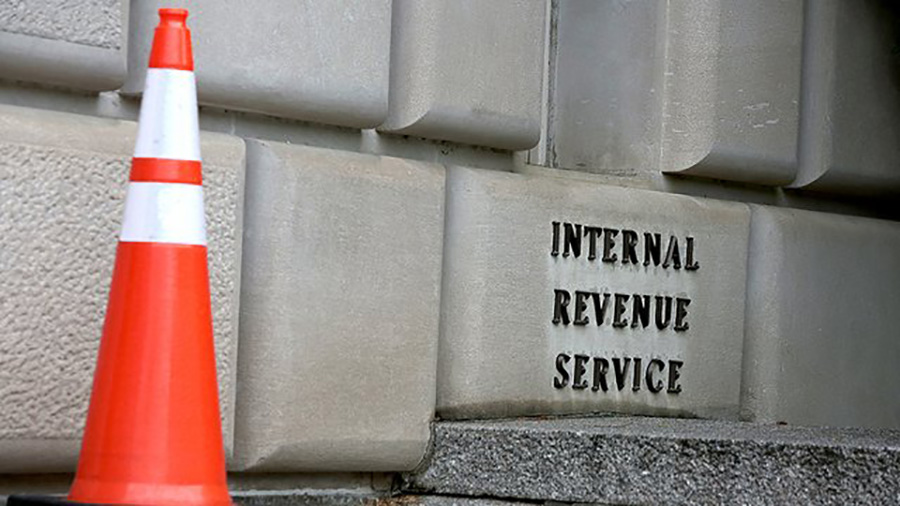This might not seem like an auspicious moment to revisit the federal tax code. After all, last year’s Tax Reform Act was the heaviest of legislative lifts, years in the making. Nor, it might be argued, should any revisiting include change which might further reduce federal revenues, at a time when eye-popping deficits loom.
But Rep. Erik Paulsen, a Republican from Minnesota and member of the tax-code writing Ways and Means Committee no less, is doing just that, in bill filed just before the summer House recess, and with bipartisan support. Through a proposal he calls the Everyday Philanthropy Act, proposed one plausible answer to an important question: should we correct the harm that tax reform will likely do to charitable giving?
By doubling the standard deduction — that is, the reduction in gross income one gets even without itemizing specific deductions — the Tax Reform Act sharply reduced the incentive (at least the financial incentive) taxpayers have for making charitable deductions. Americans have given some $410 billion a year to charitable causes; one serious study has estimated that the tax law change will cause that total to drop by fully $17 billion, or 4 percent.
“Government addresses problems; charitably-supported civil society — the so-called independent sector — shapes norms and values.”
This matters a lot. It’s not just that there are things that private charities do better than government; there are things that charities can do which government simply can’t. Government social service programs, notably, tend to responses to problems; the massive ($150 billion-plus) administration for Children and Families has special purpose programs for victims of domestic violence, for runaway children, for reducing teen pregnancy. Government is not given to promoting character values (or, as Amy Wax has called them, “bourgeois norms”) . That’s what the Boy Scouts, Girl Scouts, 4H and all types of religious groups do. Since the New Deal, we’ve built a huge social service state, even as the values on which a healthy society depends — thrift, sobriety, deferred gratification, personal honesty — too often elude us. Government addresses problems; charitably-supported civil society — the so-called independent sector — shapes norms and values.
In other words, it is narrow, indeed, to think of charitable giving as some sort of tax loophole which we should want to limit.
Paulsen’s proposal would provide a tax incentive for what amounts to workplace giving. It would extend the approach of popular Flexible Spending Account, through which employees can set aside pre-tax dollars for health care, child care and transit costs — to charitable giving. In effect, the bill would create a $5000 charitable tax deduction; every dollar up to that amount transferred would reduce the employee’s adjusted gross income. At the same time one is established, an employee would have to designate to which tax-exempt non-profits it would be directed. The goal, Pauslen has said, is to make it “easier for American families to make regular contributions to charities of chair choice” with “less paperwork
It’s difficult to know what the impact would be on federal revenues. Non-itemizers, although they represent a majority of taxpayers, have, historically, accounted for only about 18 percent of charitable giving, or roughly $30 billion. That would constitute only a modest new “tax expenditure” by itself. The Paulsen view, however, comes with a complexity. It would make charitable giving more convenient, to be sure — but it would also reduce the social security contribution of both employee — and employer.
It’s not at all clear that this is a good time to reduce revenue for that already over-extended system.
Paulsen’s is not the only approach being discussed, however. Simply allowing all taxpayer — even non-itemizers — to deduct charitable contributions would have a similar effect, without the social security complication. That approach was endorsed, during the tax reform debate, by a wide range of groups, from the Council on Foundations to the Philanthropy Roundtable’s Alliance for Charitable Reform.
At the same time, Congress should also adopt a “do no more harm” approach when it comes to charitable giving. That should include resisting calls for changes in the tax law governing so-called “donor-advised funds” — charitable giving accounts housed at community foundations and major mutual funds like Fidelity and Vanguard. These have boomed in recent years; more than $85 billion are now in such accounts. “DAFs” have drawn fire, however, for their tax advantages. Taxpayers can get a full tax deduction when they transfer money to the charitable accounts — and then direct the disbursement of funds gradually. Thus, they’re ideal for near-retirees who avail themselves of the tax deduction when they’re still working — and use their retirement years to direct the giving. This feature has led to criticism bordering on alarmism. But funds transferred to donor-advised funds cannot be recaptured by their donors — and can only be used for one thing: charitable giving.
The point is this: tax reform is likely to diminish charitable giving. Some sort of “giving fix” should be on the table — and furthering crimping philanthropy is the last thing the Congress should do.
This piece originally appeared at The Hill
______________________
Howard Husock is Vice President for research and publications at the Manhattan Institute.
This piece originally appeared in The Hill
